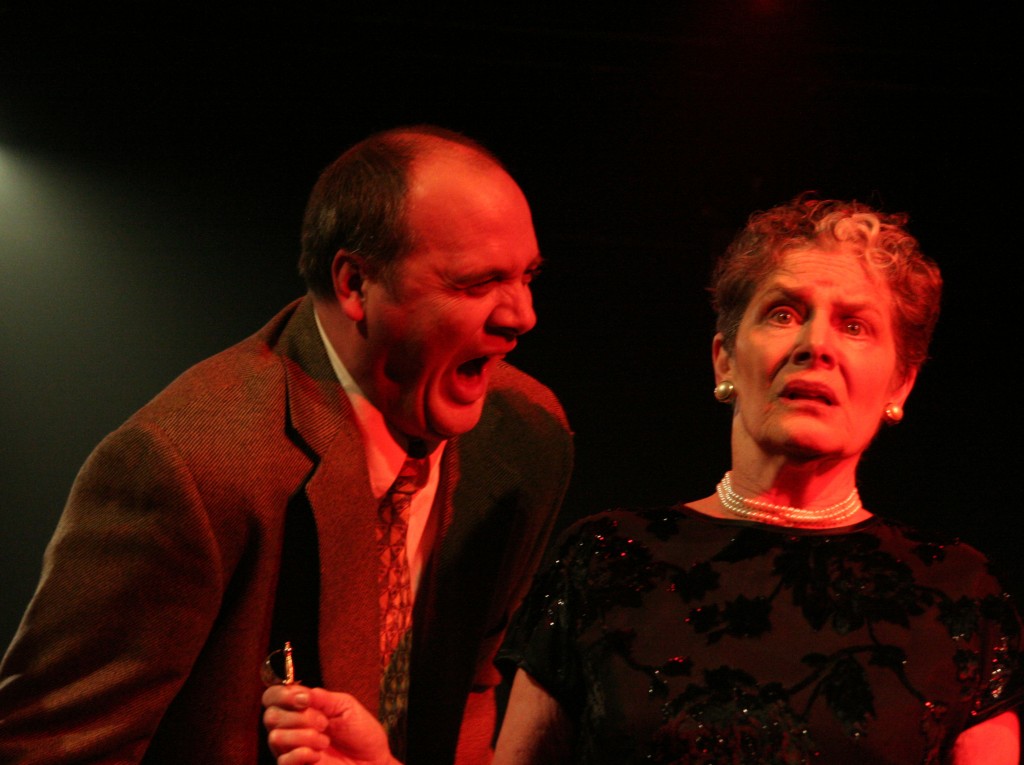
Art Scatter’s indefatigable chief dance correspondent Martha Ullman West, fresh from a sojourn in the Big Apple, hit the ground running on her return to Portland. In a week and a half she took in the Northwest Dance Project’s fall show, White Bird’s presentation of the Hofesh Shechter Company, Jim McGinn and Carla Mann’s “Exquisite Corpse,” and Imago Theatre’s teetering version of Jean-Paul Sartre’s “No Exit.” Herewith her report on her adventures:
**********************************************
In the past 10 days I’ve witnessed four performances, three of them easily classified as dance, the fourth, if we must be Aristotelian about this, as physical theater.
For my New York colleagues this would have been a light schedule. For me it was pretty packed.
Not that I’m complaining — it’s terrific, particularly in these times, that we get to see so much performance in our town. Portland artists are brave and bold, even when the work may not be, and White Bird continues to provide us with dance that ranges from the phenomenal (Baryshnikov and Ana Laguna) to the intriguing (Hofesh Shechter).
Let us begin with the Northwest Dance Project, which I attended opening night at the Newmark, on Friday the 16th. In a pre-curtain speech, executive director Scott Lewis stressed the importance of presenting new work, pointing with considerable pride to a program made up entirely of “world premieres” — a term which, like “world class” and pre-curtain speeches themselves, I wish would get lost in the stratosphere.
 His pride in Dance Project artistic director Sarah Slipper’s new work, Not I, is justified. While I wish I had known when I was watching Andrea Parsons perform this very demanding and emotion-laden solo that the monologue she was dancing to was the uncredited Samuel Beckett’s — and while the video monitor on stage was a bit too reminiscent of Bill T. Jones’s controversial Still/Here, which also dealt with bodies raddled by illness and minds sinking into dementia — Slipper’s jitter-laden, despairing movement has stayed with me. And it’s passed this sure test: I’d like to see it again. Moreover, it was the only piece on this program that had a discernible beginning, middle and end.
His pride in Dance Project artistic director Sarah Slipper’s new work, Not I, is justified. While I wish I had known when I was watching Andrea Parsons perform this very demanding and emotion-laden solo that the monologue she was dancing to was the uncredited Samuel Beckett’s — and while the video monitor on stage was a bit too reminiscent of Bill T. Jones’s controversial Still/Here, which also dealt with bodies raddled by illness and minds sinking into dementia — Slipper’s jitter-laden, despairing movement has stayed with me. And it’s passed this sure test: I’d like to see it again. Moreover, it was the only piece on this program that had a discernible beginning, middle and end.
But new does not necessarily mean good. Nor, necessarily, bad. Except for Not I, the work commissioned for this concert ranged from the mediocre to the ordinary. There were moments in the second part of Edgar Zendejas’s Bu Ba Bee when I began to hope he was going to make use of the energy of the dancers in this young company, and he did create a quite fine solo for Patrick Kilbane. But nobody moved much in the three-part work, and what’s more, I never did figure out what any of them was about, or their relationship to each other.
Continue reading Up, down, all around the town: ‘No Exit’ from the dance

 The Portland Art Museum, in a show assembled by London’s Victoria and Albert Museum, heralds the arrival of China Design Now. (“Now” is really then, but a recent then: The show was aimed to coincide with last year’s Beijing Olympics and to capture the wave of commercial and aesthetic design in the world’s most populous country, a wave that inevitably has since washed on.)
The Portland Art Museum, in a show assembled by London’s Victoria and Albert Museum, heralds the arrival of China Design Now. (“Now” is really then, but a recent then: The show was aimed to coincide with last year’s Beijing Olympics and to capture the wave of commercial and aesthetic design in the world’s most populous country, a wave that inevitably has since washed on.) I remember that film well — the extreme, almost ecstatic enthusiasm of China’s musicians; Stern’s encouragement and good will; his sense that the older students and musicians he encountered — the ones who’d spent years being “reeducated” in peasant labor and cut off from contact with Western music — seemed technically correct but lacking passion in their playing.
I remember that film well — the extreme, almost ecstatic enthusiasm of China’s musicians; Stern’s encouragement and good will; his sense that the older students and musicians he encountered — the ones who’d spent years being “reeducated” in peasant labor and cut off from contact with Western music — seemed technically correct but lacking passion in their playing.
 I don’t remember much about Sales. He was mostly a television figure — he had an extremely popular comedy show — and in the 1960s and ’70s I watched even less TV than I do now. But in the same way you know Britney Spears even if you couldn’t pick out one of her songs from a criminal lineup, I knew Soupy — that dopey elastic mug, the fading pie-in-the-face routine that he revived … well, 20,000 times.
I don’t remember much about Sales. He was mostly a television figure — he had an extremely popular comedy show — and in the 1960s and ’70s I watched even less TV than I do now. But in the same way you know Britney Spears even if you couldn’t pick out one of her songs from a criminal lineup, I knew Soupy — that dopey elastic mug, the fading pie-in-the-face routine that he revived … well, 20,000 times. Physical comedy — and what is more physical than smacking a pie in someone’s kisser for laughs? — has been around at least since the early-Renaissance beginnings of commedia dell’arte. Shakespeare thrived on it. You find it everywhere from kabuki to Punch and Judy shows to I Love Lucy and the buff posturings of pro wrestling. Imagine Hulk Hogan as Bottom in A Midsummer Night’s Dream. The tradition’s continued, if not often with the aid of actual pies, with the likes of Robin Williams (in his astonishing “nanu nanu” phase), John Cleese, John Bulushi, Bette Midler (non-weepy version), Danny DeVito and, I am sorry to point out, Adam Sandler.
Physical comedy — and what is more physical than smacking a pie in someone’s kisser for laughs? — has been around at least since the early-Renaissance beginnings of commedia dell’arte. Shakespeare thrived on it. You find it everywhere from kabuki to Punch and Judy shows to I Love Lucy and the buff posturings of pro wrestling. Imagine Hulk Hogan as Bottom in A Midsummer Night’s Dream. The tradition’s continued, if not often with the aid of actual pies, with the likes of Robin Williams (in his astonishing “nanu nanu” phase), John Cleese, John Bulushi, Bette Midler (non-weepy version), Danny DeVito and, I am sorry to point out, Adam Sandler.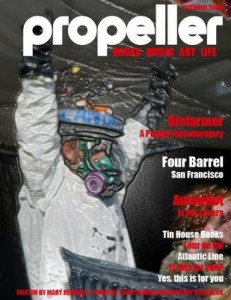 A project of the Portland State University Writing Center, PDX Writer Daily had taken a long summer sabbatical that stretched into fall, and so I hadn’t checked it in a while.
A project of the Portland State University Writing Center, PDX Writer Daily had taken a long summer sabbatical that stretched into fall, and so I hadn’t checked it in a while. That’s #83? Hmm. Well…okay. It actually does feel kind of 83rd-ish, doesn’t it? They might be right on that one.
That’s #83? Hmm. Well…okay. It actually does feel kind of 83rd-ish, doesn’t it? They might be right on that one.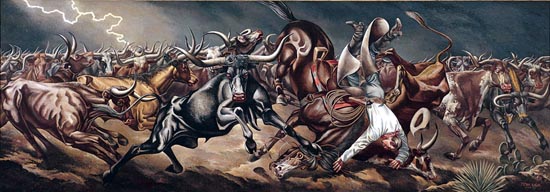
 The rush began during that final fade, when the proper response was to sit still and let the emotional accumulation of this three-and-a-half-hour American journey sink in. It hit full throttle when the lights came up for cattle call … I mean, curtain call. As many in the audience were rising to their feet to applaud the work of this talented company of actors, many others were bumping and bruising their ways to the aisles, trodding on toes, trailing their belongings, urging their fellow longhorns on so they could get out first. Show’s over. Drinks and bathrooms calling.
The rush began during that final fade, when the proper response was to sit still and let the emotional accumulation of this three-and-a-half-hour American journey sink in. It hit full throttle when the lights came up for cattle call … I mean, curtain call. As many in the audience were rising to their feet to applaud the work of this talented company of actors, many others were bumping and bruising their ways to the aisles, trodding on toes, trailing their belongings, urging their fellow longhorns on so they could get out first. Show’s over. Drinks and bathrooms calling.


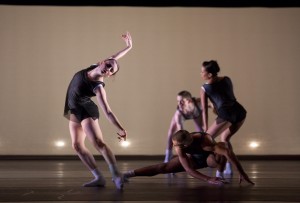

 Portland didn’t do as badly as Cleveland, which rated this jab: “(T)here’s no getting around the fact that its residents are uniformly hideous to look upon.” Ouch! Except for a night spent sleeping on the grassy knoll of a freeway cloverleaf around 1970, I don’t know much about Cleveland. I do know Drew Carey and the Rock and Roll Hall of Fame come from there, and I know Mr. Carey usually wears a nice suit and tie. (He still looks like Drew Carey, but he makes himself presentable, and what more should an upscale magazine ask?)
Portland didn’t do as badly as Cleveland, which rated this jab: “(T)here’s no getting around the fact that its residents are uniformly hideous to look upon.” Ouch! Except for a night spent sleeping on the grassy knoll of a freeway cloverleaf around 1970, I don’t know much about Cleveland. I do know Drew Carey and the Rock and Roll Hall of Fame come from there, and I know Mr. Carey usually wears a nice suit and tie. (He still looks like Drew Carey, but he makes himself presentable, and what more should an upscale magazine ask?)

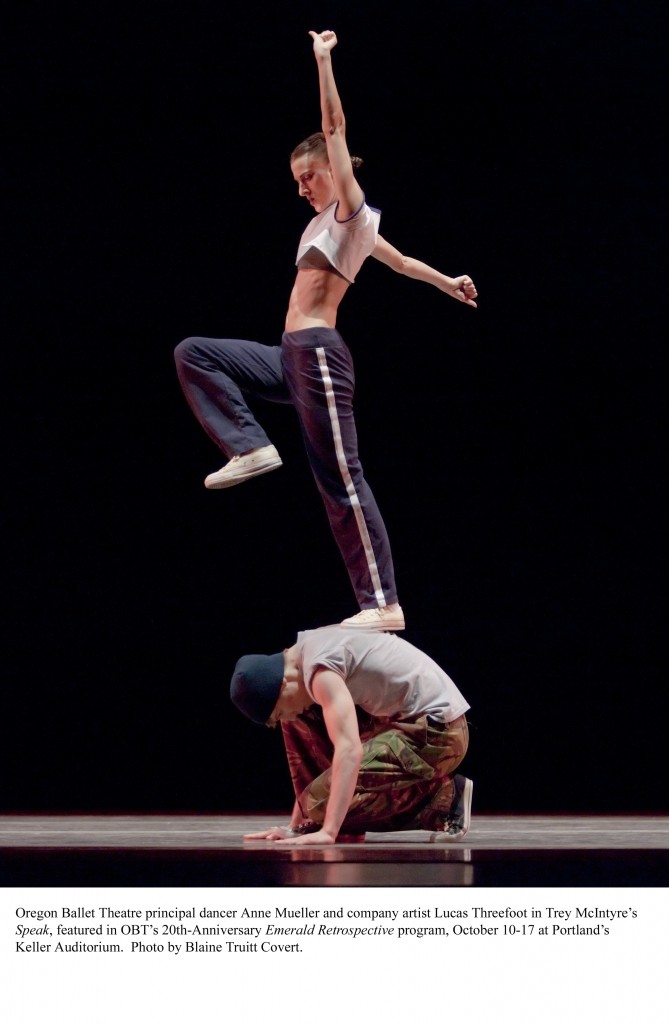 “How do they dance up on their toes like that?” he asked. “Do they have to work a lot to do it? That must be hard!”
“How do they dance up on their toes like that?” he asked. “Do they have to work a lot to do it? That must be hard!”